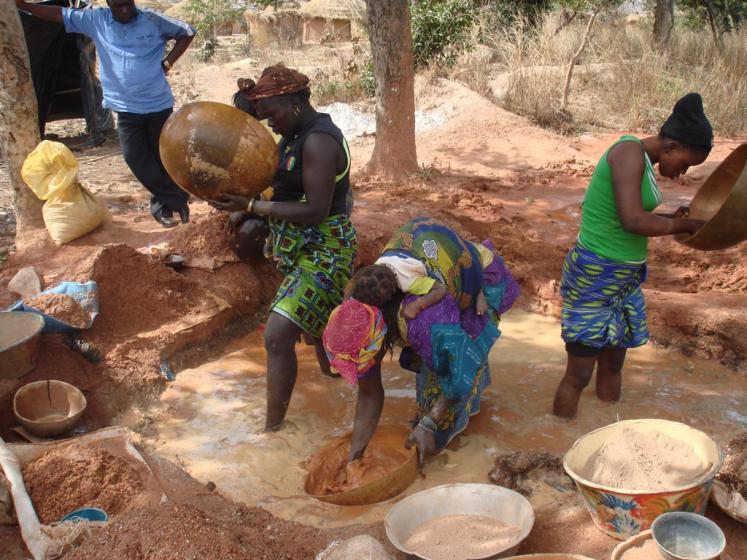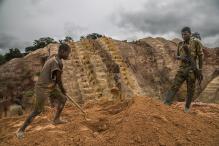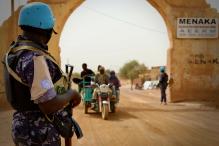Illicit gold mining in Mali illustrates the deeply interconnected nature of local economies, security challenges and social vulnerabilities – underscoring the importance of integrating local perspectives into policy responses. Profits from illegal mining fuel both local and transnational conflicts and drive human trafficking and other forms of harm within communities. Yet, artisanal gold mining also provides a vital lifeline to communities and even has the potential to attenuate conflict drivers. Realizing the sector’s benefits while mitigating its more harmful impacts, therefore, requires nuanced, community-informed approaches that balance armed enforcement with sustainable support for local livelihoods.
International Day for the Prevention of Transnational Organized Crime is an opportune time to explore potential ways forward. Among its key calls is the need to raise awareness of transnational organized crime’s far-reaching impacts on communities worldwide and highlight grassroots and community-led initiatives to address its root causes and effects. This call aligns closely with a year-long UNU-CPR research project that investigated multilateral responses to transnational organized crime, taking into consideration the perspectives of local officials, community leaders and directly affected citizens in one Mali’s leading gold-producing areas, the Kayes region.
Gold production in Mali: a vital sector largely controlled by illicit networks
Mali is one of West Africa’s top gold producers. The Kayes and Sikasso regions are its most productive areas, where gold mining is vital to communities and an important contributor to State coffers. In 2021, gold constituted more than 80 per cent of total exports and conservatively supported the income of more than 2 million people. However, much of Mali’s gold is extracted through artisanal mining and then exported through illicit networks, often to the greater enrichment of criminal networks and armed groups than local communities. Profits from illicit trafficking, including gold and other lucrative commodities, can also tempt officials, leading to an increase in Government corruption. The result: a self-fulfilling cycle of corruption, violence and trafficking that fuels conflict.
In the Kayes region, criminal networks and the political-economy effects of expanded informal trafficking networks have contributed to spikes in crime, human trafficking and child labour in gold-mining communities.
In the Kayes region, criminal networks and the political-economy effects of expanded informal trafficking networks have contributed to spikes in crime, human trafficking and child labour in gold-mining communities. A senior Gendarmerie officer in the Kayes region said he had observed an increase in highway robberies in the local area targeting individuals carrying gold or cash. There were also law enforcement reports of high rates of physical assaults. Such reports point to some of the broader effects of trafficking and organized crime, with illicit industries contributing to greater lawlessness that permeates beyond the mining sector, disrupting the entire socioeconomic fabric of the region (within and beyond Mali’s border).
“Rampant poverty drives many to theft and armed robbery, which gradually become more organized and widespread,” commented the Gendarmerie officer. In addition to local residents, many young migrant workers who come to Mali in search of work find themselves in precarious circumstances. Desperate for survival, they are often exploited by local gangs and forced to participate in criminal, often violent, activities.
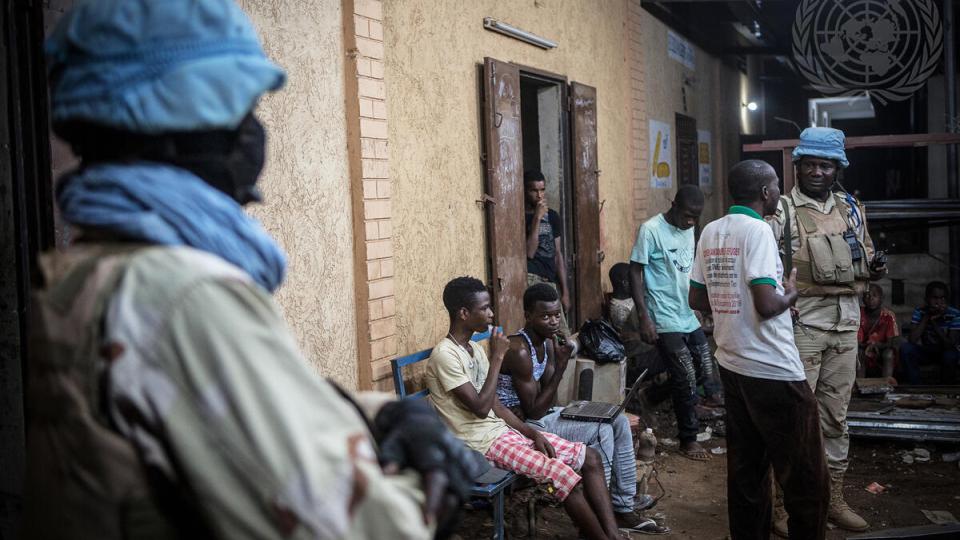
Another ripple effect of illicit gold mining includes the exploitation of child labour and human trafficking. A local journalist noted that in Kayes’ remote mining communities, conditions are ripe for exploitation, especially of children. “Local communities, driven by economic necessity, become part of the problem, enrolling their children in mining work – sometimes for pay, often not,” he explained.
The reliance on gold mining for daily survival entrenches these practices into the social fabric of communities, complicating the enforcement of regulations and weakening the protection of vulnerable populations. An interview with a senior official from the National Directorate for the Advancement of Women and Child Protection revealed that the most severe cases of exploitation involve local community members bringing in migrant children, particularly from Burkina Faso.
These children, aged 12 to 18, are often promised temporary work during school holidays but end up being retained indefinitely. Trapped in trafficking networks, their travel documents are confiscated, and communication with their families is cut off. Exposed to hazardous chemicals like mercury, these children are often forced to work under grueling conditions, and become undernourished, overworked and subjected to physical abuse to maximize productivity. They suffer from illnesses due to inadequate medical care, with reported cases of fatalities. Local police officers confirmed these observations, reporting that they had repeatedly intercepted large groups of underage migrant workers, some as young as 10.
The limits of local responses to transnational criminal networks
As indicated by these local observations, local officials have been trying to mount a response – intercepting trafficking, attempting to crack down on unlicensed mines or otherwise responding to rising criminal threats. But they observed that they receive minimal support from the national Government and only occasionally receive assistance from international efforts, when they are aware of them, which is often not the case. Already stretched thin by the fight against jihadist insurgency, Mali’s defence and security forces tend to be focused on more conflict- and terrorism-prone areas and have limited presence around artisanal mining sites.
Already stretched thin by the fight against jihadist insurgency, Mali’s defence and security forces tend to be focused on more conflict- and terrorism-prone areas and have limited presence around artisanal mining sites.
This limited law enforcement capacity, together with the vested interests of some government officials and international firms and actors in mining sites (including corporate affiliates of the Africa Corps – formerly known as the Wagner Group), have led to few curbs on criminality or violence. Communities have sometimes stepped in to fill the void, creating child protection committees at a village and commune level. A local village chief, who has witnessed repeated incidents of child labour and abuse, explained: “We tasked our child protection committee with identifying cases of abuse and referring them to the appropriate care structures.” However well-intended, such community efforts are hardly substitutes for effective State protection and enforcement.
Formalizing the gold mining sector: necessary but difficult to implement
Transnational organized crime and trafficking are often met with a strongly securitized response – often focused on eradication or criminalization. However, with illicit gold mining and smuggling, there has been a greater focus on stronger regulation together with enforcement; partly because, although it can have destabilizing effects, it is still widely perceived as a potentially stabilizing influence in Mali, which has been grappling with a long-running conflict involving extremist armed groups and local insurgencies.
In fact, a productive local gold mining sector can offer alternative livelihoods for former combatants (among others) and could help facilitate and sustain Disarmament, Demobilization and Reintegration processes, a boon to the peace process. For example, some reporting suggests that local armed groups around Kidal, a northern gold-mining area, linked to the broader Coalition des Mouvements de Azawad, have abandoned armed conflict since 2017 to focus on artisanal gold mining. Stronger regulation could also help address other drivers of local conflict and exploitation, including poverty and underdevelopment, and enhance monitoring and enforcement related to human trafficking and child labour.
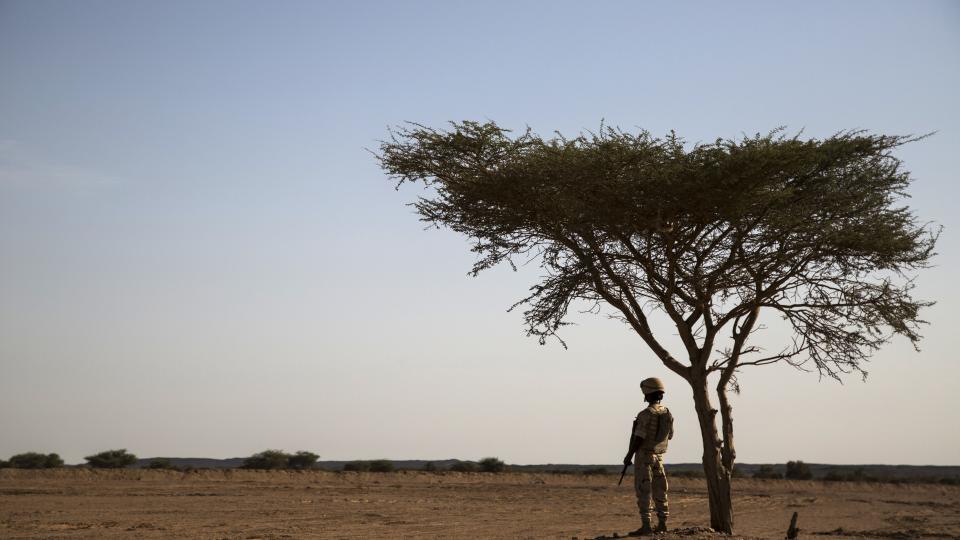
Formalization, though, is easier said than done, according to local officials in Kidal. While the Malian Government has introduced policies to regulate the mining sector and address abuses such as human trafficking - notably the National Policy Document for the Development of the Mining and Petroleum Sector (2019–2023) and the National Action Plan to Combat Trafficking in Persons (2023–2027) – officials complained that implementation is hampered by a “lack of resources and budgetary constraints and persistent corruption”. The fact that many of these mining sites are controlled by, or partly operated by, large mining companies with foreign ties, only increases the regulatory challenge.
There have been some cases where judicial police, in collaboration with the gendarmerie, conducted periodic raids to seize equipment or otherwise interdict illegal mining, only to find the results of their efforts overturned by another part of the system.
There have been some cases where judicial police, in collaboration with the gendarmerie, conducted periodic raids to seize equipment or otherwise interdict illegal mining, only to find the results of their efforts overturned by another part of the system. Local officials offered one example in which local security officials seized the equipment from an illegal Chinese mining site; sometime later, however, the seized machines went up for public auction and were bought back by the same Chinese company which then simply resumed operations “as if nothing happened”.
Complex bureaucratic processes also hinder the formalization of the artisanal mining sector. Obtaining legal permission to extract and export gold involves an almost labyrinthine process of filing administrative documents, which is often beyond the capacity of many local miners. The latter feel the broader regulatory environment favours industrial mining companies – often foreign-owned – who can manage the paperwork or circumvent it through potential bribes. This perceived favouritism toward foreign actors fuels local resentment in key mining areas.
Synching local, national and multilateral responses
Examining the dilemmas surrounding organized crime and trafficking in Mali's gold sector highlights the challenges of improving multilateral efforts to counter the negative impacts of transnational organized crime. While transnational criminal networks exacerbate security threats, there is a tendency to view these issues solely through a securitized lens, obscuring the complex role these networks play within local economies.
Greater consideration of local perspectives shows that addressing issues like illicit gold mining and trafficking requires nuanced regulatory strategies that consider governance and development needs. Given that specific sectors present unique regulatory and enforcement challenges, a thorough understanding of local contexts and their impact on communities is necessary to design effective and sustainable responses. Finally, the present snapshot of the situation in Mali’s Kayes region highlights that effective prevention and response to transnational crime requires that national and multilateral efforts be better synched with those of local actors.
Suggested citation: Karimou Imane., "Local perspectives should shape multilateral responses to transnational organized crime ," UNU-CPR (blog), 2024-11-16, 2024, https://unu.edu/cpr/blog-post/local-perspectives-should-shape-multilateral-responses-transnational-organized-crime.

